“You’re going to get those shoes muddy, I’m afraid,” Kurt Timmermeister, the dairy farmer, tells us, looking down at our Converse sneakers. “The fields have been flooded because of all the rain.” It has rained. We’re in Seattle, after all, and even today the skies above us are melancholic gray and the cold is near biting and the dozen-plus jersey cows out on his pasture lands don’t seem to give one whit about our sneakers or how dirty they might become. They’re cows, after all. They stay out in all kinds of weather, even after Timmermeister built a fine barn to shield them from the storms. They’re just cows. But, no––they’re more than that. Yes, they’re a business acquisition (Timmermeister makes French Camembert cheese, among other things, from the milk he harvests), but they’re also an extension of his family. There’s Dinah III out there in the field, and Alexis; Nickel and Sparkles; Stormy and Button. Some are pregnant. Some are calves. Some gave birth and are now rich with milk. Some are older and not producing as much and will shuffle off Timmermeister’s farm at some point, but it’s a family nevertheless. A family that grows, evolves, changes season by season, year by year. Much like Timmermeister and his farm have changed season by season, year by year.
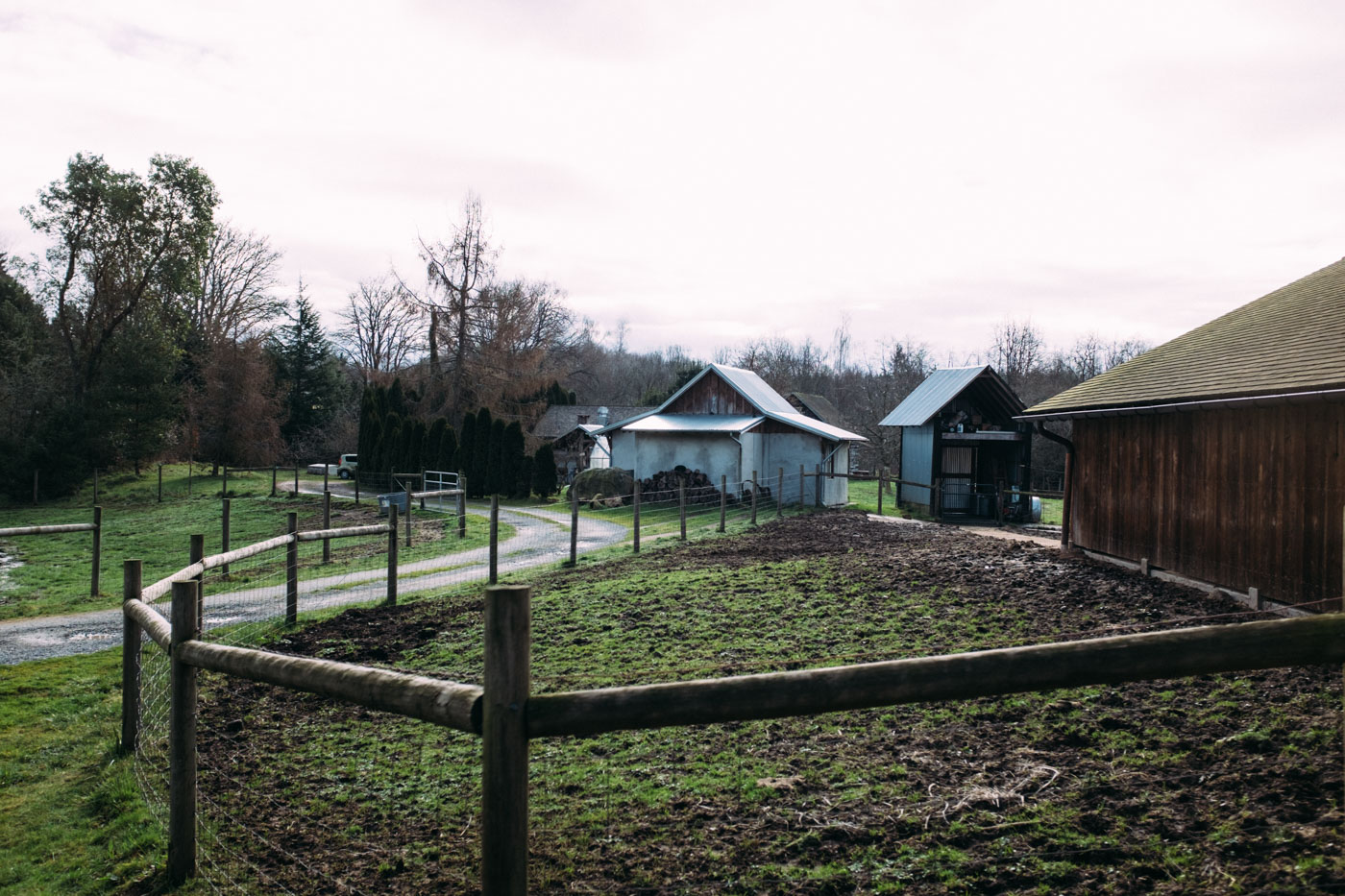
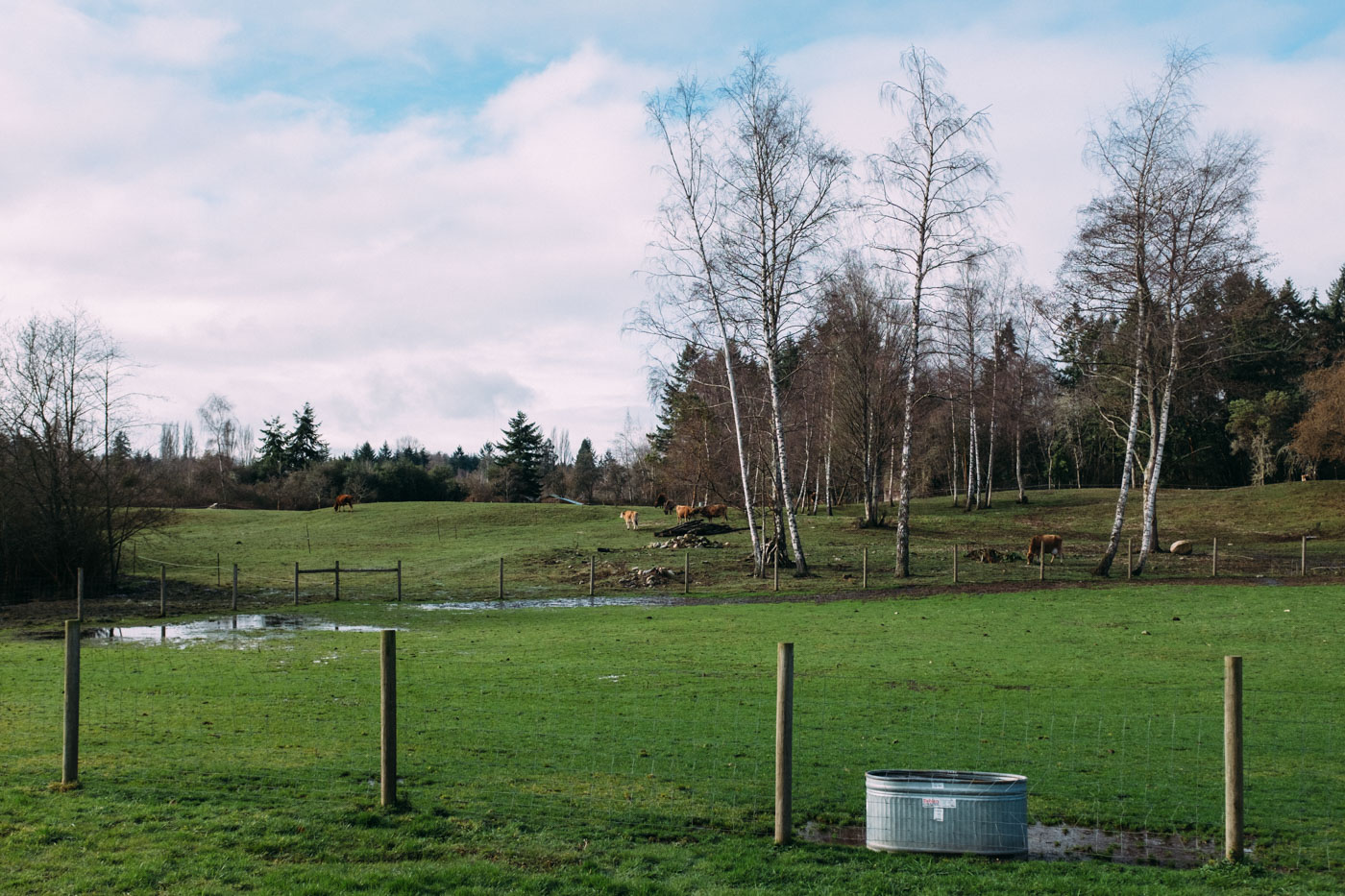
Timmermeister was living in the city of Seattle as a restaurateur until, tired of the hubbub trappings of city living, he purchased the land and moved out to Vashon Island––a rural community accessible from Seattle only by ferry boat. He stayed in the restaurant business but started farming as a hobby. He tried his hand at bees, at vegetables, at fruit trees––just to see if he could (he failed a lot, but had some successes, too––enough to keep trying). He bought a cow named Dinah, and that changed everything. A cow meant he was a farmer. Dinah was a living thing that needed to be cared for, tended to. There was no turning back now. Timmermeister milked her twice a day for years. From her, rich milk. From that milk, cheese. Soon, he turned that hobby into a full-time job. He no longer owns a restaurant; he’s a dairy farmer, through and through.
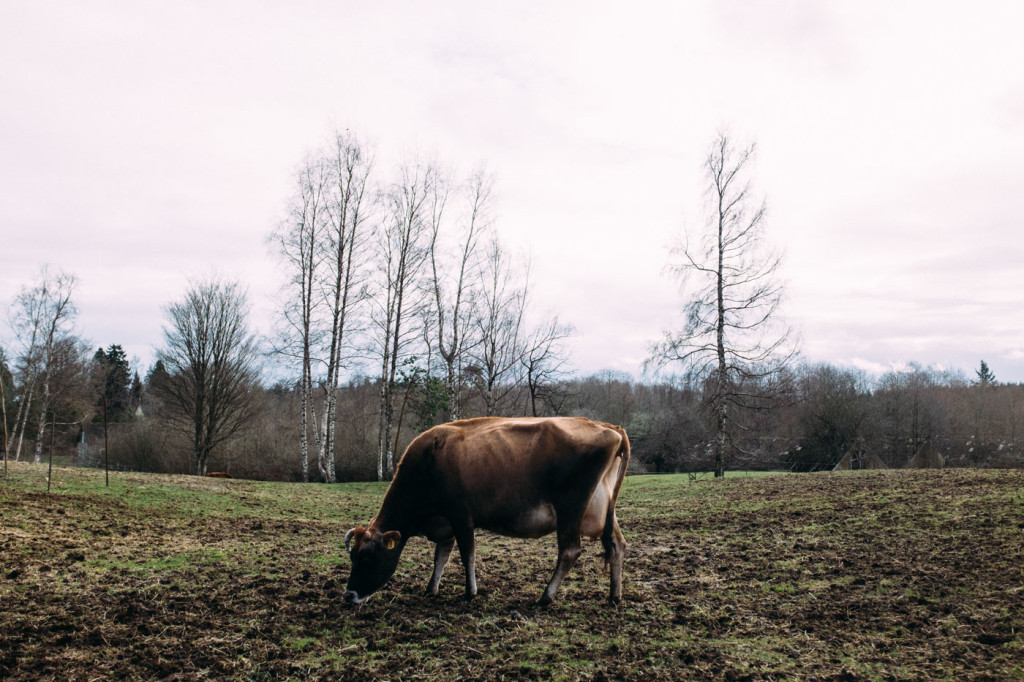
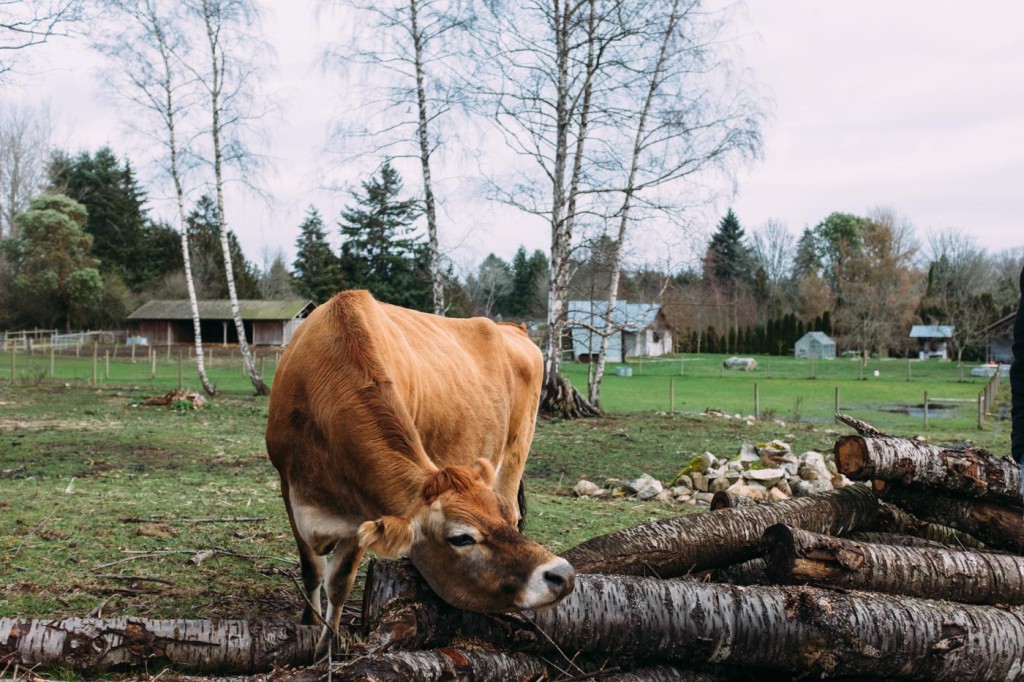
Timmermeister started out living in an old beat down chicken coop until he could build something more sustainable out there amongst the scrub and madrona. We knock on the cookhouse door. Timmermeister welcomes us in. Ravishes of opera pour out of the large room. “You guys want something to eat?” He’s got some meat in a Dutch oven in the stove. He stirs it. The room smells good–– like long cooked meat and something earthy, too. “Welcome,” he says, his eyes a glowing blue, his hair cropped short. He’s got on a black Carhartt jacket, glasses in the pocket for reading. The Sunday paper is strewn across the table in front of us. He’s got jeans on that he’s probably worn 10,000 times out on that farm and some hiking boots. His mud splattered rubber boots sit unattended by the door.
“What can I show you?” He’s warm, hospitable, at home here on his farm, because it is his home and has been for many years. He’s made this place––what was once four acres of outlandishly overgrown blackberry brambles, rusted up cars, weeds and garbage is now a well-run dairy farm.
Thankfully, he no longer lives in a chicken coop. He refurbished the Harrington Beall Log House, the oldest standing home on the island. It stands right near the cookhouse he built where we meet. It’s a large open air room complete with a stove, a douglas fir table capable of seating twenty, kitchen gear (a saw hanging there for breaking down pigs from time to time), shelves with pickles, jams, jellies and nuts––and little else. A big, warm open kitchen and eating space enveloped by opera.
“It’s a lot of trial and error,” he tells me, tromping in the mud to the milking parlor. “It’s not much,” he says standing in the simple open shed. “Probably the most basic milking parlor you will ever see.” He smiles. “I’m not sure if this even constitutes as a ‘parlor’ at all.” Next to the parlor, his ever-expanding creamery operations. There’s the milk room that contains a tank to chill the fresh milk. The cheese processing plant behind it, complete with a cheese vat and pasteurizer. “I’d take you in there, but it needs to be clean. Spotless. Like a hospital.”
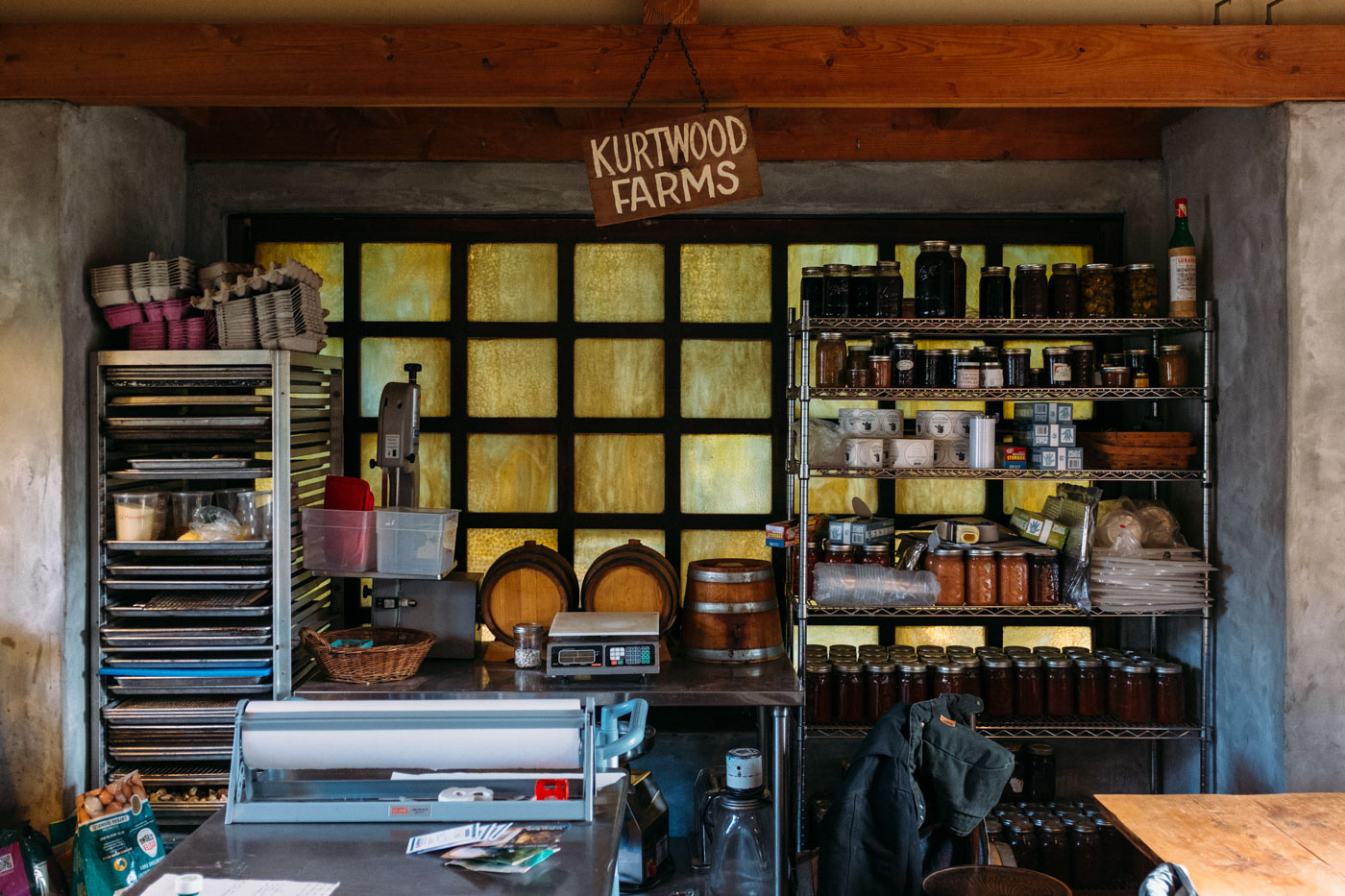
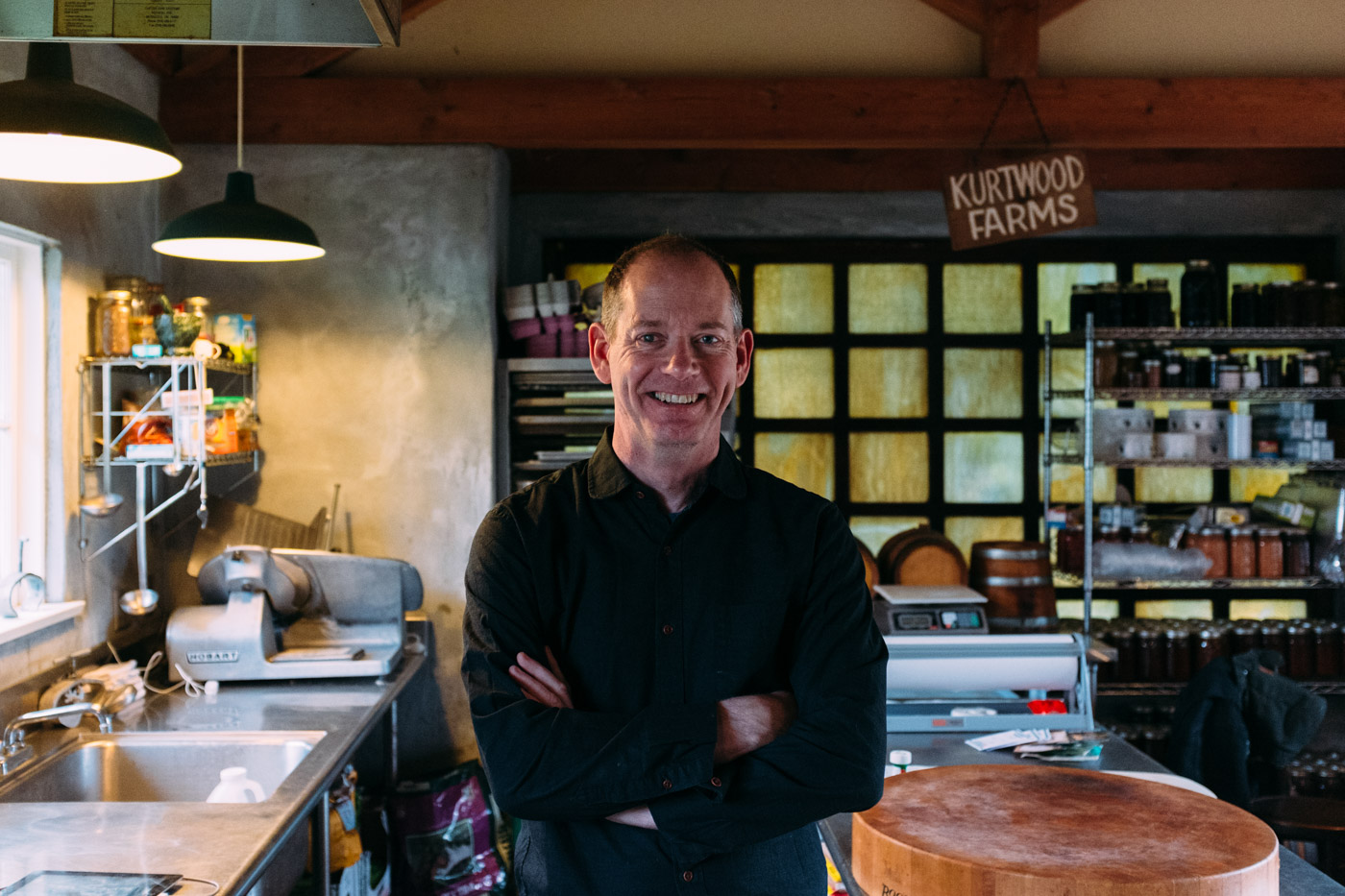
From this building, cheese is created from the milk of those dozen plus cows out on the grounds. It’s not a large production by any stretch, but it’s his and one that he’s worked hard to perfect. “I think sometimes of expanding,” he says, as we sloppily walk up the slope past the teenage calves contained by themselves to our right. “But then I think, why?” Farm upkeep is a full-time job and then some already. He hasn’t milked a cow in years––he’s got a staff for that now. He’s happy with how things are. He’s happy with his land. He’s happy. Why tinker when things feel right?
The cows approach him and he pats them. He scratches them behind the ears. The dairy cows most of us are familiar with are Holsteins––the black and white spotted ones. The cows we are tramping with are Jersey cows. Their milk has a higher butterfat content than that of a Holstein; they also weigh less and have a gentle disposition. One licks me. Another sees Timmermeister and trundles down from the hill for a good pet. “They’re beautiful,” he says, and they are. Most are tan in color, some nearer yellow. Others, a darker brown. They’re all wanting a little affection, it seems, and to keep eating the grass Timmermeister is proud of. “The snow geese come once a year and try and eat it all,” he says. They know a good thing when they see it.
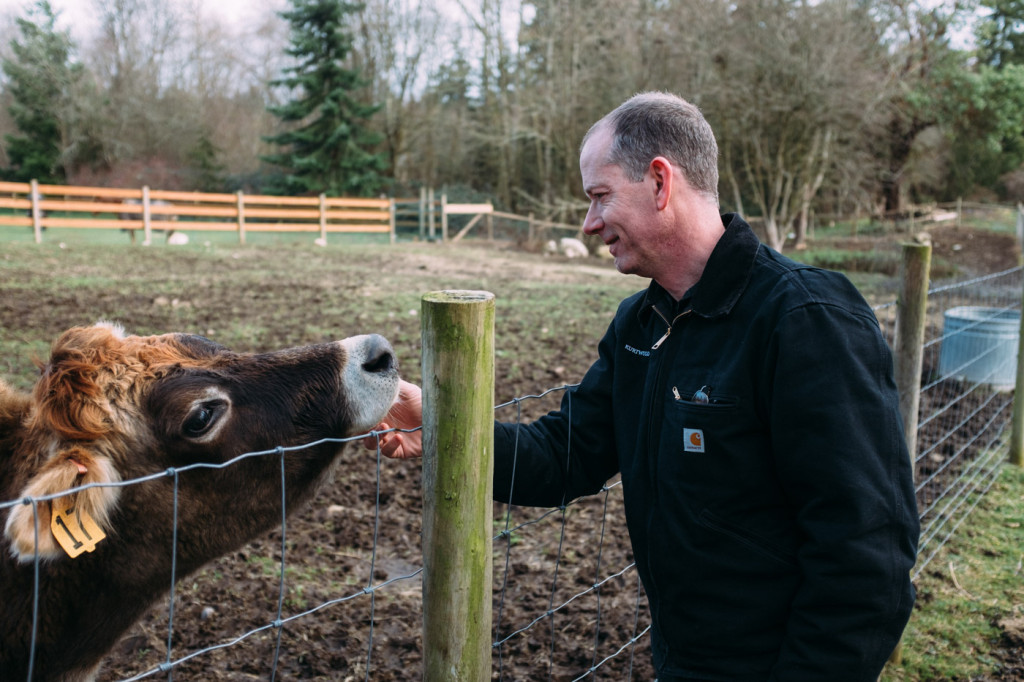
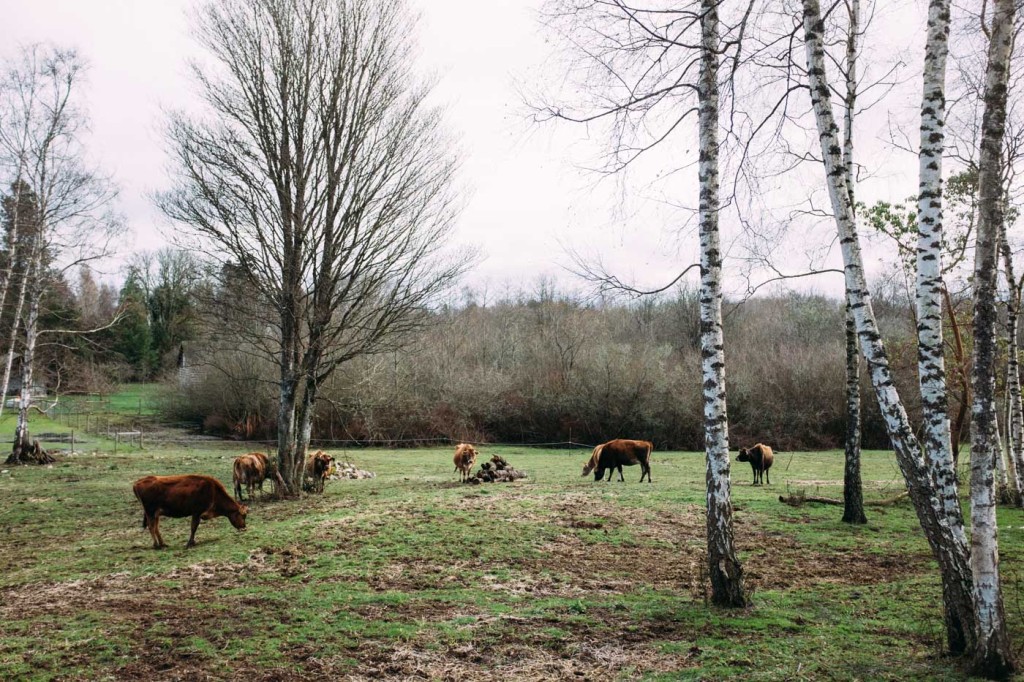
My sneakers indeed dirtied by now, I’m curious why Timmermeister doesn’t just sell the milk. “There’s not enough profit in it,” Timmermeister says, matter-of-factly. It’s winter, there’s not much milk to be had from them; he doesn’t have enough cows to make it worth his while. “They’re only producing about 15 gallons a day right now––that’s 15 jugs of milk. What would I have to sell them for to make a profit on it? It wouldn’t even cover the cost of the food we feed the cows.”
So Timmermeister sells cheese and ice cream now, too, which has proven successful. Today, that cheese can be found in some of Seattle’s most tony restaurants and his own little shop he started in the trendy neighborhood of Capitol Hill in Seattle. The recently established Kurtwood Farm Shop, small as it is, it’s filled with something like a life’s passion. There, he sells Dinah’s cheese (his flagship bloomy-rind resembling a traditional French Camembert), Flora’s cheese (a simple, crumbly cheese similar to feta) and LogHouse cheese (a semi-hard, tomme-style cheese aged for four months in a cave that’s been created right on his Vashon property). His ice cream comes in cones and pints, in such flavors as lemon verbena, bay laurel and sungold tomato jam. The custard base is made on the island with organic sugar and fresh pasteurized eggs, then churned and flavored at the store kitchen in Seattle. The ice cream is rich but the flavor is in no way garish. It is muted, simple, refined, delicious.
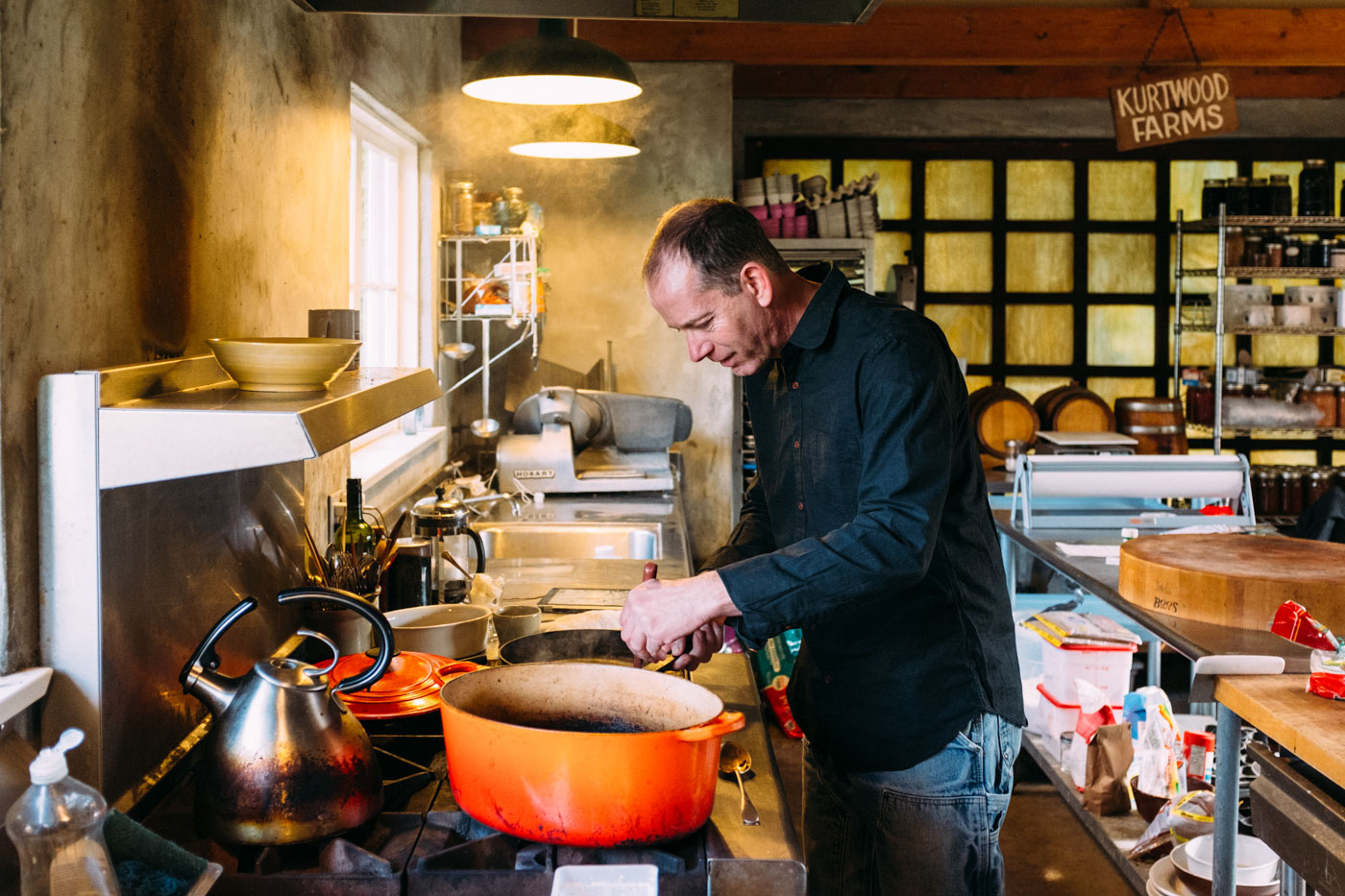
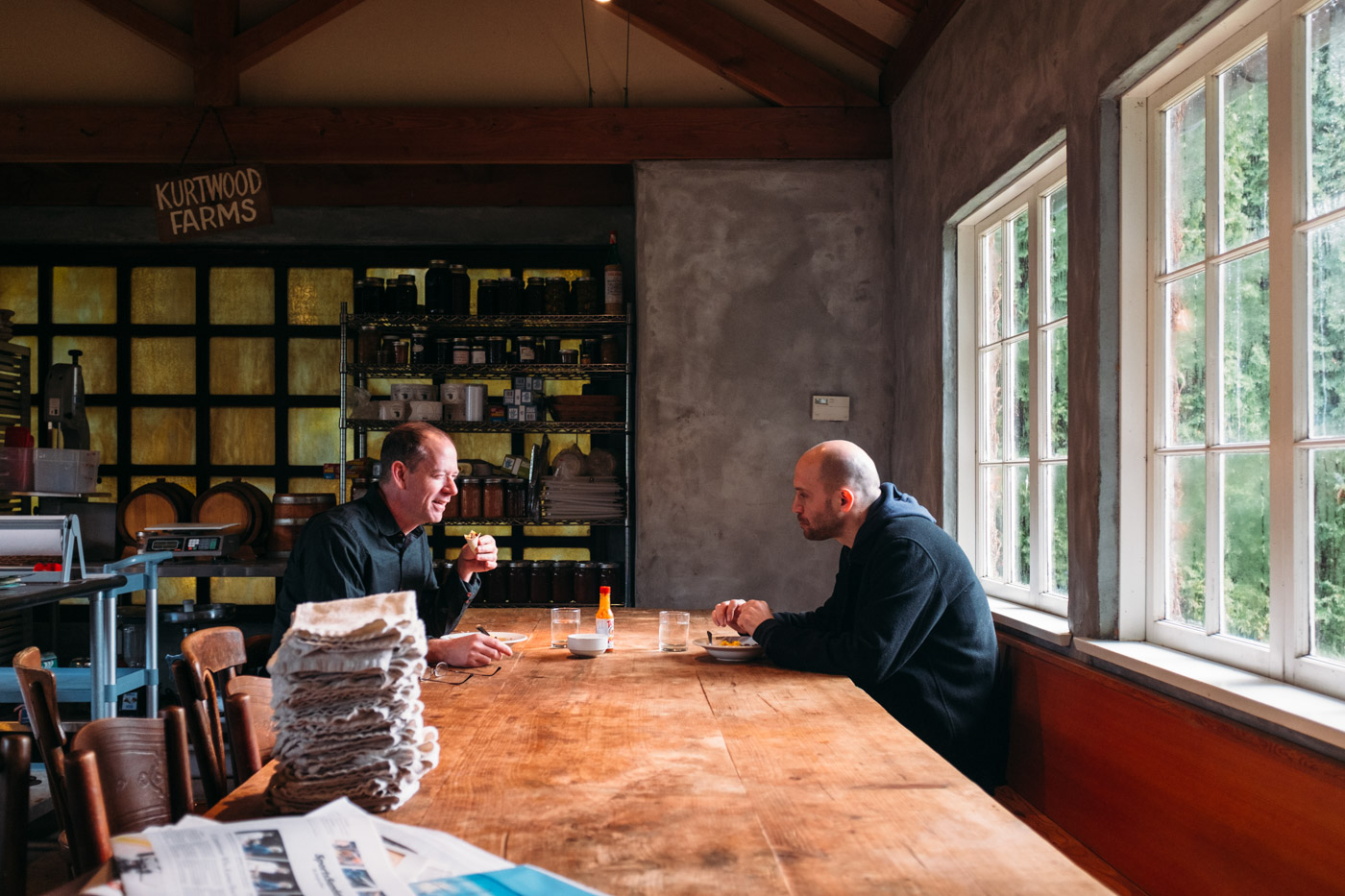
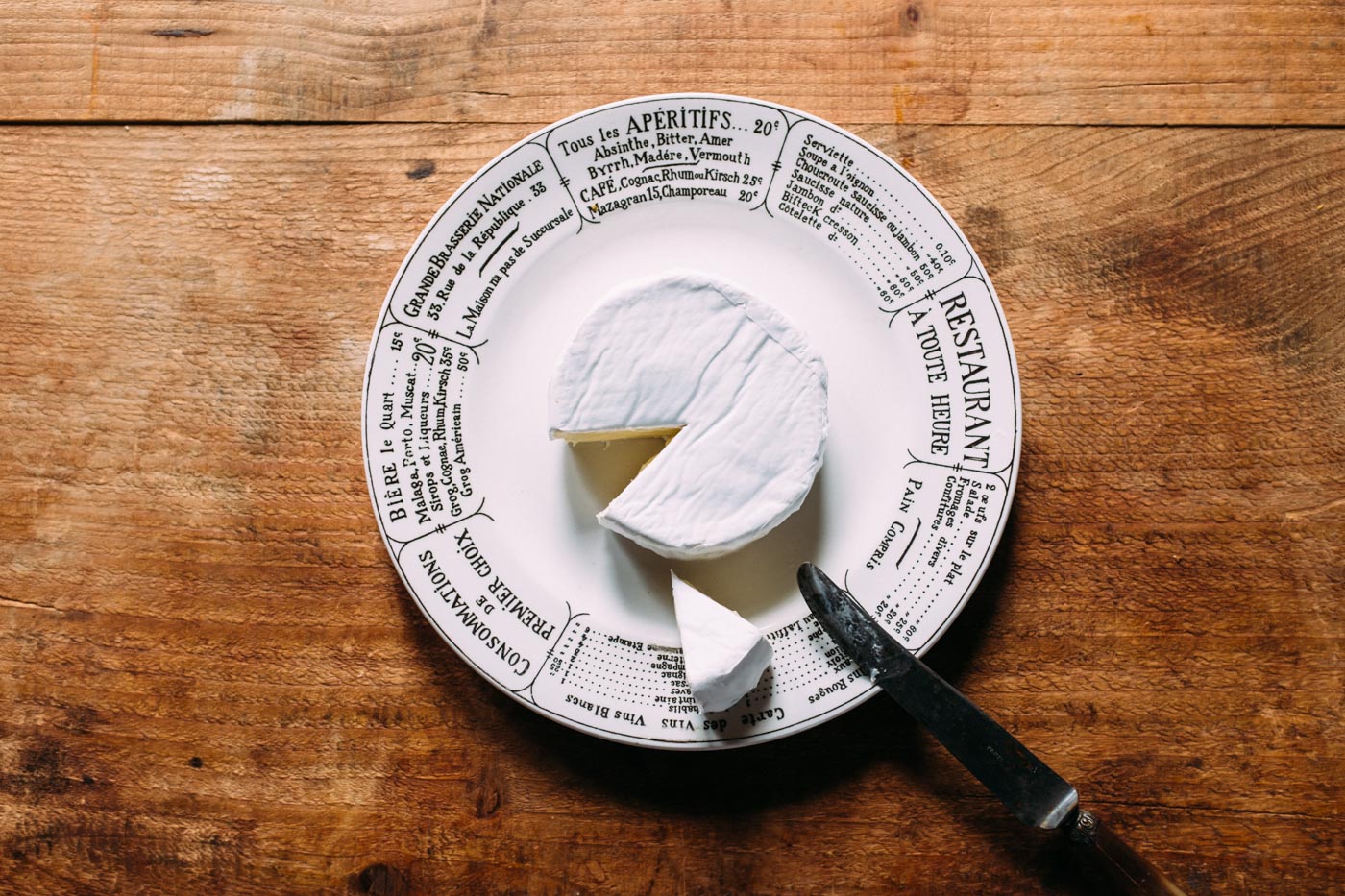
And all that cheese and ice cream comes from the milk produced by those cows on that hill––Halley and Holly; Dahlia and Stella.
“I want to start a little ice cream festival in the courtyard nearby,” he says back in the kitchen, whipping up some breakfast tacos for us all by the stove. “Invite all the local ice cream makers in. Make it free. Bring in families.”
There it is again––family. Whether it’s the pigs who come to the farm in the spring, or the bees who do the same. Whether it’s ducks who paddle in the winter pond or a flock of chickens at the front of the house. Whether it’s his esteemed staff or new friends who come into the cookhouse to eat tacos and listen to opera or his prized cows––family. A family farm, where the smell of loquat trees hangs by the house and the sweet smell of manure and earth wafts by from the risen fields. Where cheese is weighed and caved and purchased and sold and, of course, eaten. “That tastes perfect,” Timmermeister says, biting into his own cheese that he’s given us to take with us. Where one season turns to another and asks, what do you have to offer? Fruit? Honey? Eggs? Milk? What bounty will befall us this day? Timmermeister hears it out on his Vashon farm every day, lucky for the chance to answer back.
—
Kurt Farm Shop
1424 11th Ave, Seattle, WA 98122

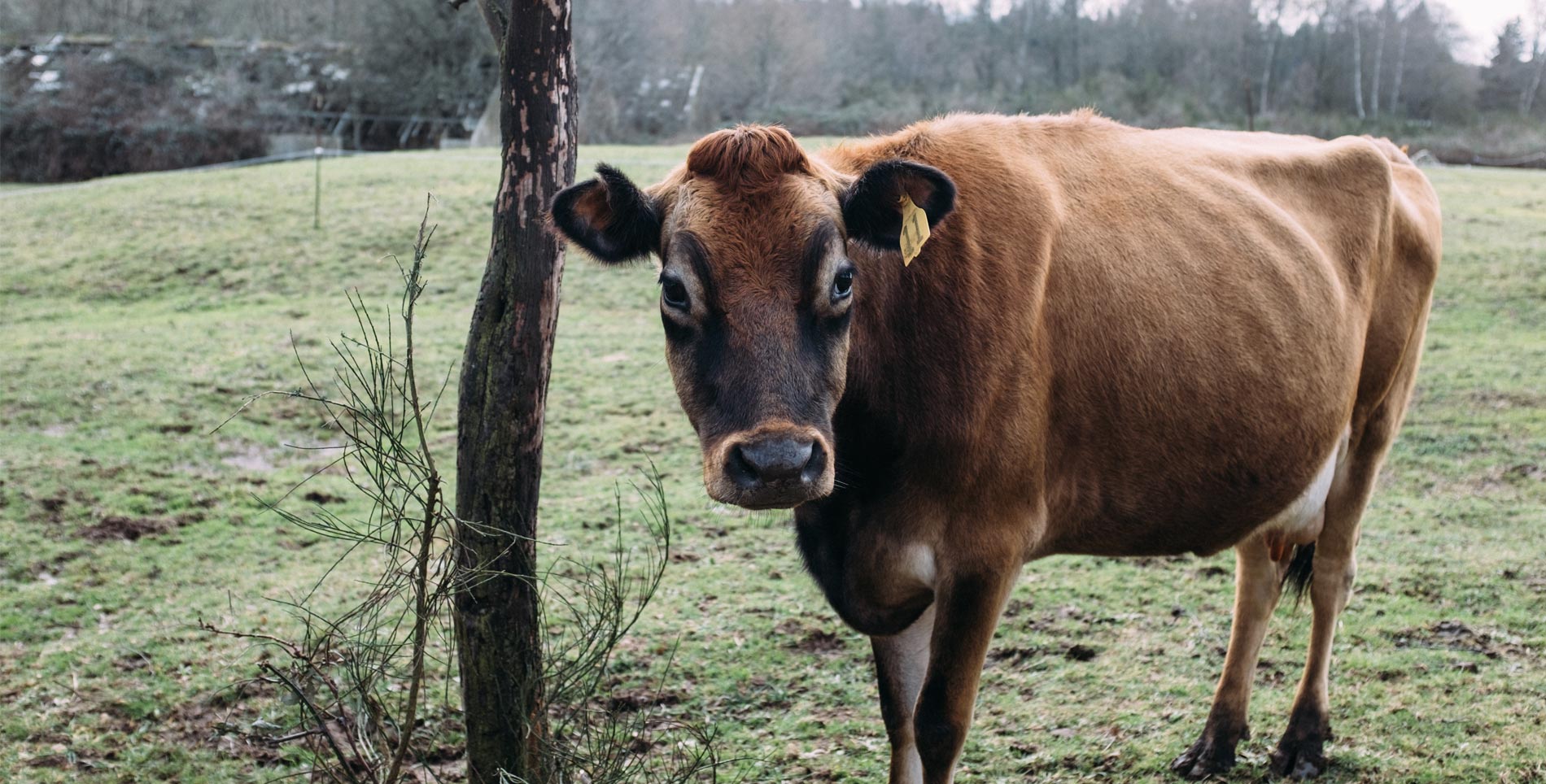

Our comments section is for members only.
Join today to gain exclusive access.